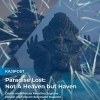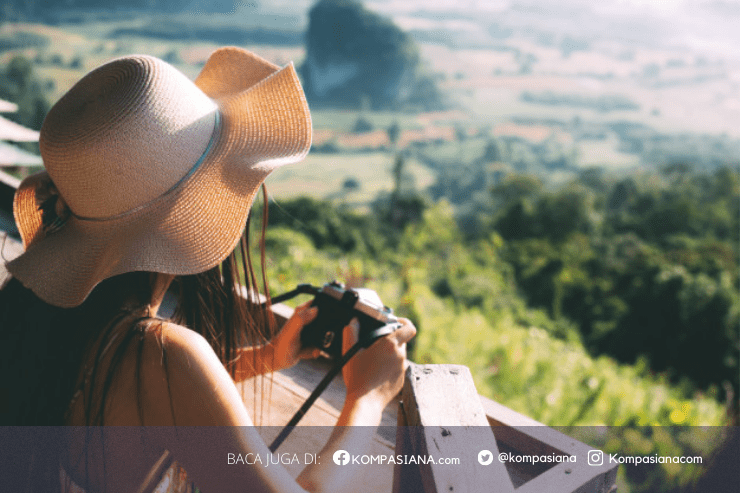Nestled in the heart of Ubud, Gianyar Regency, Bali, Ubud Art Market---locally referred to as Pasar Seni Ubud---is a traditional market well known for its deep cultural heritage. This marketplace offers a myriad of local handicrafts, textiles, and souvenirs, making it a popular destination for both foreign and domestic tourists. This essay is a descriptive text of my journey to Ubud Art Market and what I've gathered from my experience there.
This journey began in Sukawati at approximately 14:00, we departed via motorbike and headed southeast through Bali's lowlands, where the landscape progressively transformed from the urban density of the Gianyar Regency passing by the artisanal villages before peeling away to reveal Ubud's bustling scene. By 15:00 we had reached the market's periphery, only to immediately encounter difficulties acquiring a parking spot. The Ubud Art Market lacks dedicated parking facilities, and the narrow one-way roads were congested with vehicles, more so than usual as it was the peak visitation hours. After some searching, we secured parking at Ubud Central Parking, requiring a 10 minute walk to reach the market entrance.
The Ubud Market complex can be broken down into two distinct sections: the Eastern Block and Western Block, each serving their own respective purposes. The Easter Block functions as the traditional market, catering primarily to local residents, selling various goods to accommodate for daily life, such as fresh produce, religious offerings and prayer equipment, as well as household items, and traditional cooking utensils. In contrast, the Western Block was specifically developed as a market to accommodate tourists, selling souvenirs that reflect traditional Balinese artwork and craftsmanship, and thus has been dubbed the Ubud Art Market.
Upon arrival at the entrance to Ubud Art Market, we are greeted with a large open entrance plaza bordered by the market's main two-story buildings. These structures blend traditional Balinese architectural elements with modern construction techniques and materials. The main corridor between these two buildings are lined with shops on both sides, selling a diverse assortment of souvenirs, ranging from gorgeous handwoven baskets and intricate wooden carvings to unique trinkets. Progressing further through this covered passageway, the path opens up, and to the right, is an exterior market. The pathway narrows significantly and motorbikes may occasionally pass through the often crowded lane. Fabric canopies stretch between the tightly packed stalls, providing shade from Bali's sweltering sun.
By the time we reached the market's end, we had spent a full hour, lost in the cycle of bargaining, doubling back between stalls, and window shopping to our heart's content. Satisfied with the experience we had, we headed back to Ubud Center Parking, paying a small fee of Rp 2.000 to the parking attendant. Though the market's chaos may initially be overwhelming, this vibrant marketplace is a miniature snapshot of Bali's artistry and innovation.
Follow Instagram @kompasianacom juga Tiktok @kompasiana biar nggak ketinggalan event seru komunitas dan tips dapat cuan dari Kompasiana. Baca juga cerita inspiratif langsung dari smartphone kamu dengan bergabung di WhatsApp Channel Kompasiana di SINI







